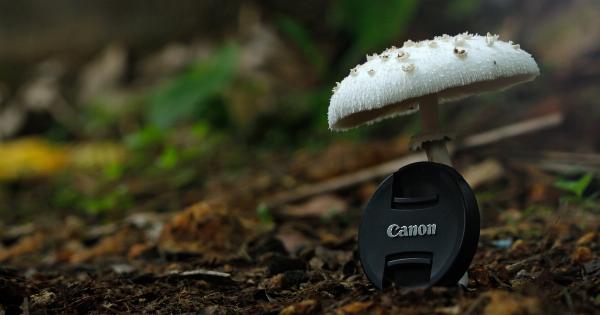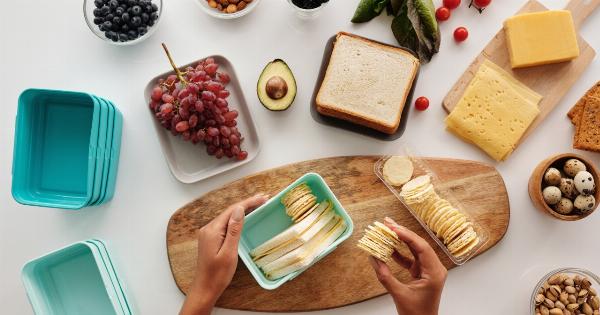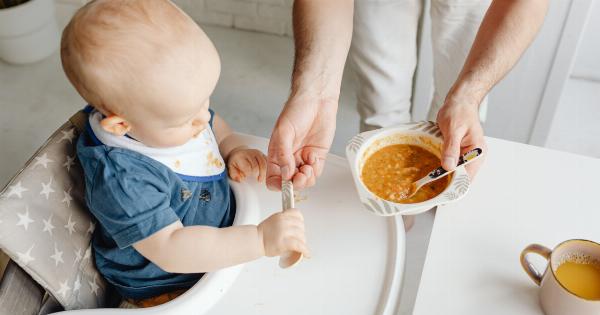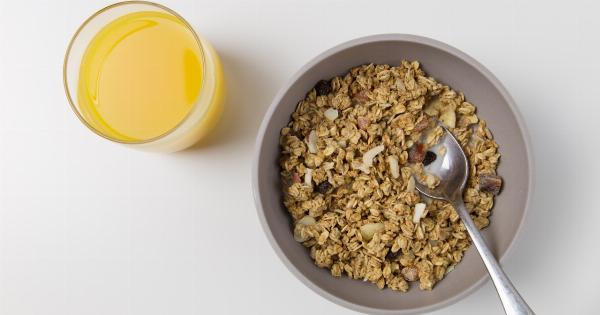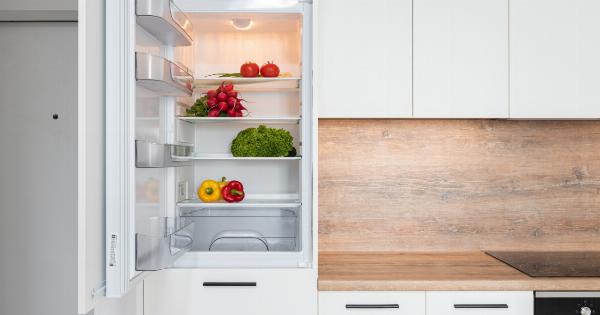Introduction:.
Feeding your baby can be a challenging task, especially when it comes to introducing solid foods. Many parents choose to start by feeding their little ones with a teaspoon.
However, it’s important to know the dos and don’ts of this feeding method to ensure your baby’s health and safety. In this article, we will guide you through the proper ways of feeding your baby with a teaspoon.
Do: Choose the Right Time
Timing is crucial when it comes to feeding your baby with a teaspoon. Make sure your baby is relaxed and not too tired or hungry. It’s best to feed your baby when they are in a good mood and willing to try new foods.
Don’t: Rush the Process
Feeding your baby with a teaspoon requires patience. Do not rush the process, as your baby may need time to adjust to the new textures and flavors. Allow them to explore the food with their hands, and don’t force them to eat if they are not ready.
Do: Start with Small Amounts
When introducing solid foods with a teaspoon, start with small amounts. This allows your baby to get used to the texture and taste. Begin by feeding them a teaspoonful and gradually increase the quantity as they become more comfortable.
Don’t: Use a Regular Spoon
Using a regular adult-sized spoon may not be the best choice when it comes to feeding your baby. Opt for a smaller, baby-sized spoon or a specially designed baby feeding spoon.
These spoons are gentler on your baby’s gums and are easier for them to hold.
Do: Offer a Variety of Foods
Introducing a variety of foods to your baby is important for their development and to broaden their palate. Use the teaspoon to offer them a range of fruits, vegetables, and purees.
Experiment with different flavors and textures to encourage healthy eating habits from an early age.
Don’t: Forget to Check the Temperature
Always check the temperature of the food before feeding your baby. Ensure it is neither too hot nor too cold, as extreme temperatures can harm your baby’s delicate mouth and throat.
Test the food on the inside of your wrist to make sure it is safe to feed.
Do: Pay Attention to Allergic Reactions
During the early stages of introducing solid foods, it’s essential to watch out for any allergic reactions in your baby. Start with single-ingredient foods and monitor for any signs of allergies such as rashes, vomiting, or difficulty breathing.
If you notice any reactions, consult your pediatrician immediately.
Don’t: Force Your Baby to Eat
It’s important to remember that each baby is different and may have their own preferences and pace when it comes to eating. Avoid forcing your baby to eat if they are refusing or turning away from the food. Respect their cues and try again later.
Do: Maintain Good Hygiene
When feeding your baby with a teaspoon, ensure you maintain good hygiene practices. Wash your hands thoroughly before handling any food. Sterilize the spoon and other feeding utensils to keep them clean and free from bacteria that may cause infections.
Don’t: Leave Your Baby Unattended
Feeding your baby with a teaspoon requires constant supervision. Never leave your baby unattended while they are eating, as it poses a choking hazard. Always be present and ready to assist if necessary.
Conclusion:
Feeding your baby with a teaspoon can be a rewarding experience for both you and your little one. By following these dos and don’ts, you can ensure a safe and enjoyable mealtime.
Remember to be patient, introduce a variety of foods, and always prioritize your baby’s well-being. Happy feeding!.





